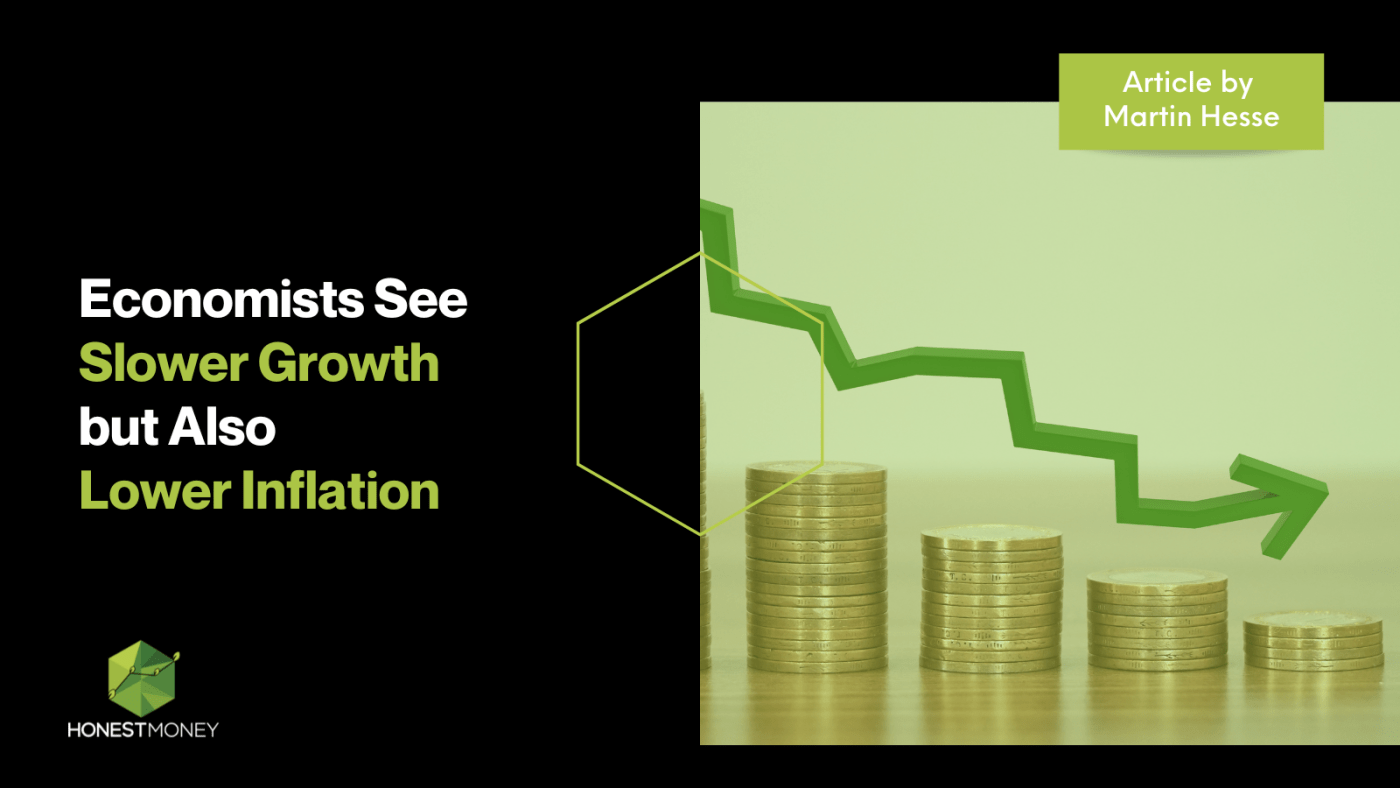Economists See Slower Growth but Also Lower Inflation

South Africa’s top economists have revised downwards their economic growth and employment expectations for 2025, although they are seeing lower inflation than they predicted earlier this year and a welcome boost in the rand.
The Bureau of Market Research (BMR) at Unisa has released the latest update of its Economist of the Year Competition, in which participating economists submit updated monthly forecasts on a number of indicators, domestic and global, that are relevant to the South African economy. A median figure on each variable is obtained, which reflects a consensus view. The winner of the competition is the economist whose forecasts most closely match actual figures at the end of the year.
Professor Carel van Aardt, Project Lead of the Economist of the Year Competition, says: “We’ve seen a general downward revision of GDP growth expectations since the start of the year, coupled with slight easing in inflation and marginal improvements in the current account balance. The resilience of employment growth, though modest, remains encouraging in a low-growth environment.”
The August consensus views for South Africa’s key economic indicators have shifted as follows since February:
• Real (after-inflation) GDP growth for 2025: Revised down from 1.5% in February to just 0.9% in August. “This means the economy is still growing, but at a slower pace than economists initially thought,” the BMR report says.
• Employment growth (Q4 2025): The year-on-year employment growth rate weakened marginally, with employment growth expected at 0.9% in August, down from 1.1% in February. “While still positive, this reflects limited opportunities for new employment in the second half of 2025.”
• Consumer Price Index (CPI) inflation: Inflation is expected to come in lower than what the economists anticipated earlier in the year, dropping from 4.1% to 3.5%. “This is good news for households because it suggests that the rise in prices is slowing down.”
• Prime interest rate (Q4 2025): The economists’ interest-rate expectations for the fourth quarter have decreased slightly, from 10.8% in February to 10.5% in August, “which is a positive sign that inflationary pressures are easing and that [the SA Reserve Bank’s gradual easing of interest rates] will prevail.”
• Rand/dollar exchange rate (Q4 2025): The rand is showing resilience – in February it was expected to trade at R18.00 to the US dollar, but by August the consensus was forecasting R17.80. “This stability is important for imports, exports and consumer prices,” the report says.
• Brent crude oil price (Q4 2025): The expected crude oil price declined from $74.00 a barrel in February to $67.08 in August. “Lower oil prices typically reduce fuel costs, which can help ease inflationary pressures.”
• Real household expenditure growth: Forecasts have barely changed, from 1.8% in February to 1.7% in August. “This stability suggests families are expected to keep spending cautiously given the continuing low-growth environment.”
• SA’s current account balance: The economists’ consensus view on South Africa’s current account deficit shows a slight improvement, from -1.8% of GDP in February to -1.5% in August. “This means the country is doing a little better at balancing its trade and financial flows.”
• Global GDP growth: Global growth forecasts eased from 2.9% in February to 2.5% in August, “showing that the economic slowdown is not unique to South Africa – it’s part of a broader global cooling”.
“These adjustments reflect cautious optimism tempered by recognition of structural challenges, global headwinds and the persistent presence of a large number of downside risks, both globally and nationally, to economic growth,” the BMR report says.
Author
-

Martin is the former editor of Personal Finance weekend newspaper supplement and quarterly magazine. He now writes in a freelance capacity, focusing on educating consumers about managing their money
View all posts


